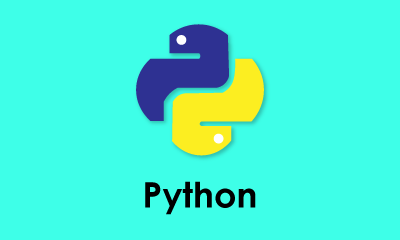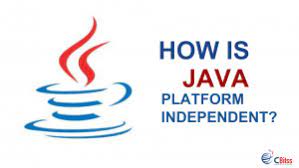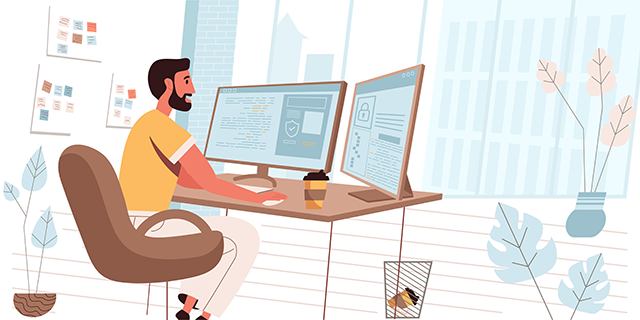Are you ready to embark on a Pythonic adventure? Great! Python is your ticket to the programming wonderland, and you don’t need AI superpowers to become a Python pro. In this article, we’ll show you the path to Python mastery without confusing you with rocket science or neural networks. Let’s keep it simple, shall we?
Python Basics: Building Blocks of Brilliance
Imagine Python as your friendly neighbor who always explains things in plain English. Let’s start with the basics and build our Python fortress, one block at a time.
1. Python is Not a Snake
Python may have a snake’s name, but it won’t slither away from you. It’s a programming language known for its readability and simplicity. Start by learning how to speak Python, which means understanding its syntax – the rules and structure of the language. Don’t worry; Python’s syntax is as user-friendly as a Labrador with a wagging tail.
2. Variables: The Post-It Notes of Python
In Python, variables are like post-it notes; you stick a label on something, and it magically knows what it is. Learn how to declare and use variables to store all sorts of information, from numbers to text.
3. Loops: The Repetition Enthusiast
Loops are like that friend who tells the same joke a hundred times – they’re great for repeating tasks. Python offers “for” and “while” loops to help you automate tasks. It’s like having your own personal assistant but without the hourly wage.
4. Functions: Your Code’s Personal Chef
Functions in Python are like having your own personal chef. You give them ingredients (input), and they whip up a delicious dish (output). You can even ask them to cook your favorite recipes (functions) over and over.
5. Libraries: Borrowing is Allowed
Python’s awesome library system is like borrowing tools from your neighbor’s garage. Python libraries are pre-written pieces of code that can save you loads of time. Want to do math, work with data, or even create a web app? There’s a library for that.
The IDE – Your Magic Wand
Just like Harry Potter had his wand, you need a reliable Integrated Development Environment (IDE) to work your Python magic. PyCharm, Visual Studio Code, and Jupyter Notebook are popular choices. Choose one that feels comfortable, like your favorite pair of pajamas – after all, you’re going to spend a lot of time together.
Debugging: Finding the Bug in the Code Salad
No, debugging isn’t hunting for insects in your code (that would be a hilarious sight, though). It’s the process of fixing errors in your code. Python is kind enough to give you error messages that are often more helpful than a GPS in a treasure hunt.
Projects: Time to Build Stuff
Now that you’ve gathered your Python Training Institute in Noida gear, it’s time to embark on your coding journey. Start with simple projects. Maybe a to-do list app, a calculator, or even a game of “Guess the Number.” The more you code, the better you get. Think of it as leveling up in a video game, but with fewer zombies.
Stay Curious and Keep Learning
The Python world is constantly evolving, like a chameleon with a fashion sense. New libraries, frameworks, and best practices emerge. So, stay curious, read Python blogs, attend meetups, and maybe even consider an online course or two. Pythonistas are a friendly bunch, and they’ll welcome you into their community faster than you can say “import this.”
Conclusion
Becoming a modern Python developer doesn’t require AI or complex algorithms. It’s all about learning the basics, using the right tools, and having fun along the way. Remember, Python is your friendly coding neighbor who’s always there to help. So, dive in, make mistakes, and laugh at them – after all, even Python programmers are allowed to be human. Happy coding, and may your Python journey be as smooth as a well-caffeinated one.







